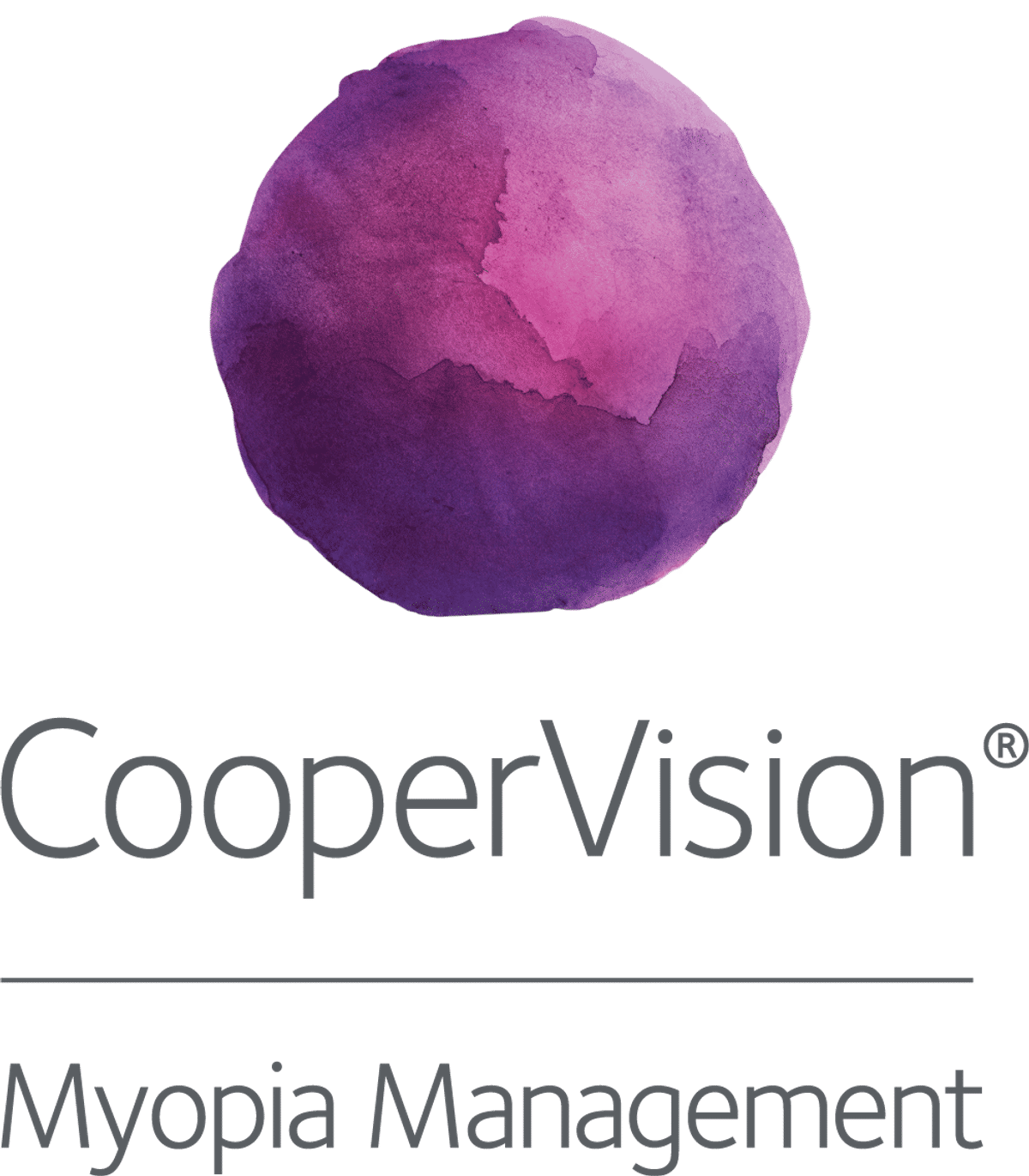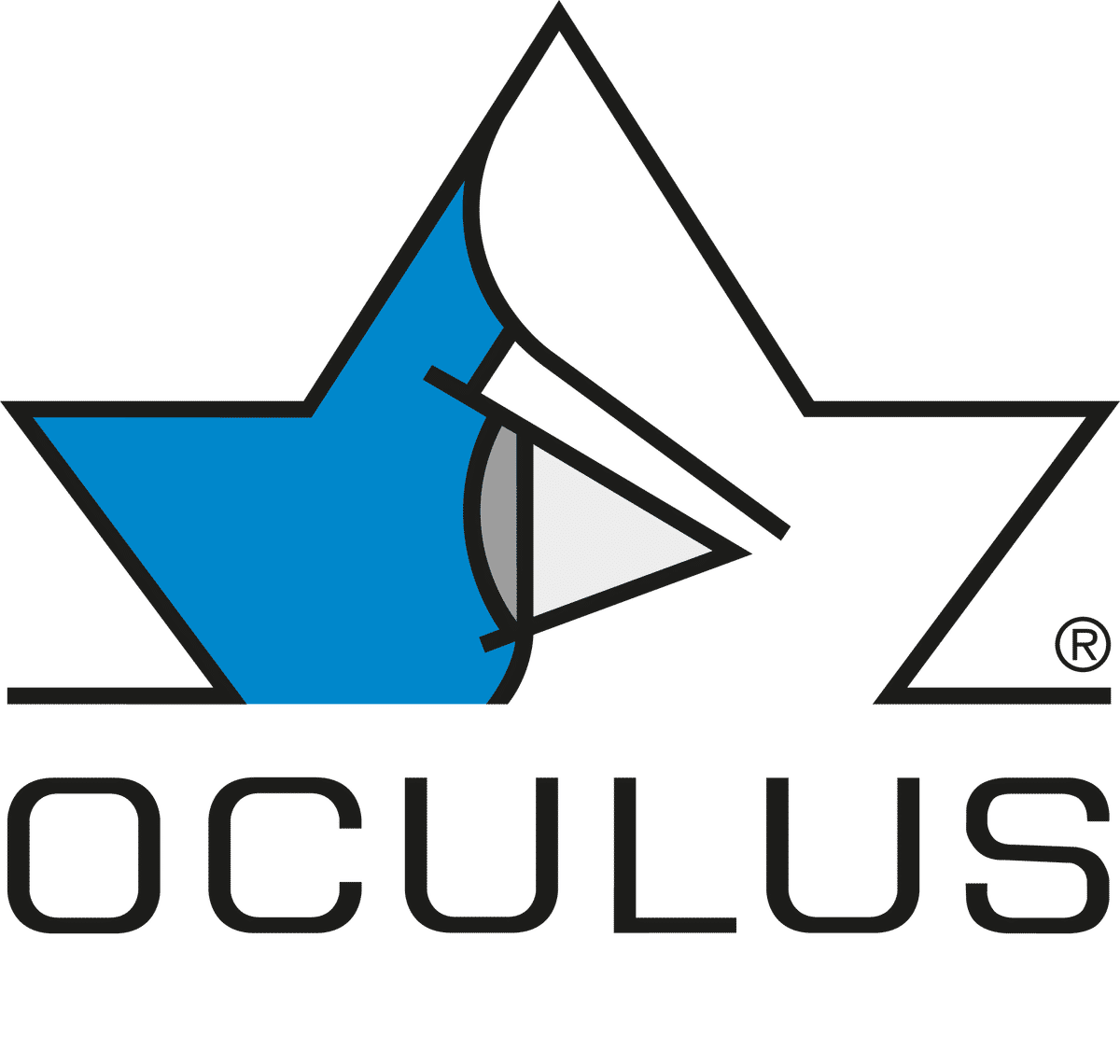Science
Orthokeratology with smaller BOZD reduces axial length growth in multiple studies

In this article:
This meta-analysis evaluated the effect in 17 studies of a smaller back optic zone diameter (BOZD) in orthokeratology lenses on myopia control in children and adolescents. Compared to the conventional BOZD of 6 mm, using a smaller BOZD inhibited axial elongation, decreased treatment zone diameter and area, and improved spherical equivalent refraction and best-corrected visual acuity. No impact was found on eccentricity or uncorrected distance visual acuity.
Paper title: Therapeutic efficacy of orthokeratology lenses with different back optic zone diameters in myopia control: A systematic review and meta-analysis
Authors: Yang X (1,2,3), Wen L (2), Xiao K (2), Liu Y (3), Zhou Y (4)
- Eye College, Chengdu University of Traditional Chinese Medicine, Chengdu, Sichuan, China
- Beijing Ming Vision & Ophthalmology, Beijing, China
- Refractive Surgery Department, Ineye Hospital of Chengdu University of Traditional Chinese Medicine, Chengdu, China
- Clinical School of Medicine, Chengdu University of Chinese Medicine, Chengdu, China
Date: Published online March 14, 2025
Reference: Yang X, Wen L, Xiao K, Liu Y, Zhou Y. Therapeutic efficacy of orthokeratology lenses with different back optic zone diameters in myopia control: A systematic review and meta-analysis. Cont Lens Anterior Eye. 2025 Mar 13:102400.
Summary
This systematic review and meta-analysis compared the effects of smaller versus conventional back optic zone diameters (BOZD) in orthokeratology lenses for myopia control in children and adolescents.
Seventeen studies were selected, consisting of 11 randomised controlled trials (RCTs) and 6 controlled studies (CTs) that compared orthokeratology lenses with smaller BOZD against conventional BOZD. The study populations included participants aged 6–18 years, with mild to moderate myopia. Outcomes measured included axial length (AL), spherical equivalent refraction (SER), treatment zone diameter (TZD), treatment zone area (TZA), eccentricity (E), uncorrected and best-corrected visual acuity (UCVA, BCVA), and higher-order aberrations (HOAs). Follow-up periods ranged from 7 days to 24 months.
Standardised mean differences (SMD) statistical analysis was used to express effect size and direction.
Key findings were as follows.
- Orthokeratology lenses with smaller BOZD are more effective at controlling axial elongation (SMD = −0.83).
- A smaller BOZD corresponds to a smaller treatment zone diameter and area (SMD = −1.38 and −2.05).
- Smaller BOZDs have a more significant effect on improving SER and best-corrected visual acuity (SMD = 0.81 and 0.52), but result in increased HOAs (SMD = 1.01)
- However, different BOZDs have no significant impact on uncorrected visual acuity and eccentricity
- Reported adverse effects were minor and resolved without lasting issues.
What does this mean for my practice?
This meta-analysis demonstrated that using smaller BOZD with orthokeratology lenses (i.e. 5mm) can be more effective in slowing axial elongation compared to conventional 6mm designs. Reducing the BOZD leads to a smaller treatment zone diameter and area, which can increase peripheral myopic defocus to enhance myopia control. These optical changes are linked with less axial growth and slightly better best-corrected vision after longer-term wear.
While smaller BOZD designs showed greater control of axial length and refractive error, they were also associated with increased higher-order aberrations (HOAs). This suggests there is a clinical trade-off between boosting myopia control efficacy and maintaining visual quality. Eccentricity and uncorrected visual acuity were unaffected, meaning that lens centration and daytime visual function was stable with the smaller BOZD designs. There were no lasting adverse effects.
Overall, these findings support incorporating smaller BOZD orthokeratology lenses for maximising myopia control. However, individual factors such as pupil size and tolerance for visual disturbances are still important considerations which may have a bearing on treatment results.
Read more about how changes in key parameters of orthokeratology lenses impact myopia control efficacy
What do we still need to learn?
There were some limitations to this study. Several trials had small sample sizes or short follow-up periods, which may have reduced the reliability and generalisability of their findings. One study did not specify the BOZD used in the treatment group, while another used an atypical 6.2 mm BOZD in the control group rather than the conventional 6.0 mm design, introducing inconsistency into the comparisons.
Due to the relatively small number of studies investigating smaller BOZD orthokeratology lenses, both randomised controlled trials and controlled studies were included. While this broader inclusion allowed for a larger evidence base, relying solely on RCTs would provide stronger support for guiding clinical decision-making.
Future research should focus on identifying the ideal BOZD design to balance efficacy and visual quality, and explore how individual factors like pupil size or corneal shape influence results.
Abstract
Objective: This study evaluates the efficacy of orthokeratology lenses with different back optic zone diameters (BOZD) in controlling myopia progression among adolescents.
Methods: Following PRISMA 2020 guidelines, a systematic search was performed across multiple databases, including PubMed, Web of Science, EMBASE, Cochrane Library, EBSCO, Scopus, Ovid, CBM, CNKI, VIP, and Wanfang. Inclusion criteria encompassed randomized controlled trials (RCTs) and controlled studies comparing the effectiveness of orthokeratology lenses with various BOZD designs for myopia control in adolescents. Relevant data were extracted and analyzed using RevMan 5.3 for meta-analysis, assessing the risk of bias. Primary outcomes included axial length (AL), spherical equivalent refraction (SER), treatment zone diameter (TZD), and treatment zone area (TZA). Secondary outcomes included uncorrected distance visual acuity (UDVA), best-corrected visual acuity (BCVA), higher-order aberrations (HOAs), and eccentricity (E).
Results: A total of 17 studies were included, comprising 12 RCTs and 6 controlled studies. Meta-analysis showed that compared to conventional BOZD, smaller BOZD lenses significantly inhibited axial elongation (SMD = −0.83, P < 0.00001), reduced TZD (SMD = −1.38, P < 0.00001) and TZA (SMD = −2.05, P < 0.00001), and improved SER (SMD = 0.81, P < 0.0001) and BCVA (SMD = 0.27, P = 0.04). No significant effects were found on eccentricity (P = 0.79) or UDVA (P = 0.31), while HOAs increased (SMD = 1.01, P = 0.02). Longer follow-ups resulted in more reliable findings.
Conclusions: Orthokeratology lenses with smaller BOZD effectively control myopia progression, improving axial elongation, TZD, TZA, and SER, and increase HOAs, but do not significantly affect eccentricity or UDVA.
Meet the Authors:
About Ailsa Lane
Ailsa Lane is a contact lens optician based in Kent, England. She is currently completing her Advanced Diploma In Contact Lens Practice with Honours, which has ignited her interest and skills in understanding scientific research and finding its translations to clinical practice.
Read Ailsa's work in the SCIENCE domain of MyopiaProfile.com.
Enormous thanks to our visionary sponsors
Myopia Profile’s growth into a world leading platform has been made possible through the support of our visionary sponsors, who share our mission to improve children’s vision care worldwide. Click on their logos to learn about how these companies are innovating and developing resources with us to support you in managing your patients with myopia.












